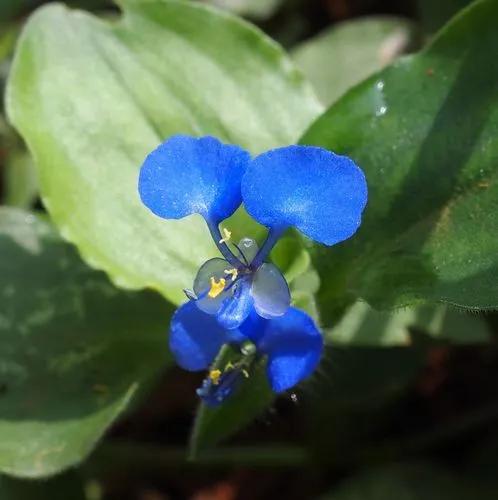Rumex thyrsiflorus, also known commonly as the compact dock or thyrse sorrel, is a perennial herb, which grows in meadows and wasteland in most parts of Europe. It is somewhat similar to common sorrel (Rumex acetosa).
Compact Dock Care
Rumex thyrsiflorus



Plants perennial, glabrous or nearly so, with thick, vertical or oblique rootstock (reaching deep into substrate) and remote 2d-order roots. Stems usually erect, several from base, or occasionally solitary, branched in distal 1/2 (in inflorescence), (30–)40–100(–130) cm. Leaves: ocrea often with fringed margins; blade oblong-lanceolate to lanceolate, 3–12(–15) × 1–3(–5) cm, usually more than 4 times as long as wide, base sagittate or sometimes hastate (with acute lobes directed downward, ± parallel to petiole, or often reflexed outward), margins entire to obscurely and irregularly repand, usually crisped and undulate, occasionally flat, apex acute. Inflorescences terminal, occupying distal 1/3 of stem, usually dense, or interrupted in proximal part, broadly paniculate, pyramidal (1st-order branches usually repeatedly branched, with numerous 2d-order branches). Pedicels articulated near middle, filiform, 2–6(–7) mm, articulation distinct. Flowers (3–)4–8(–12) in whorls; inner tepals orbiculate, occasionally broadly ovate, 2.5–3.5(–4) × 2.5–3.5 mm, base rounded, truncate, or slightly cordate, apex obtuse; tubercles small or occasionally absent. Achenes black or dark brown, 1.5–1.8 × 0.8–1.2 mm, normally smooth. 2n = 14 (pistillate plants), 15 (staminate plants).
This plant is useful.
How to Care for the Plant

Popularity

35 people already have this plant 4 people have added this plant to their wishlists
Discover more plants with the list below
Popular articles






